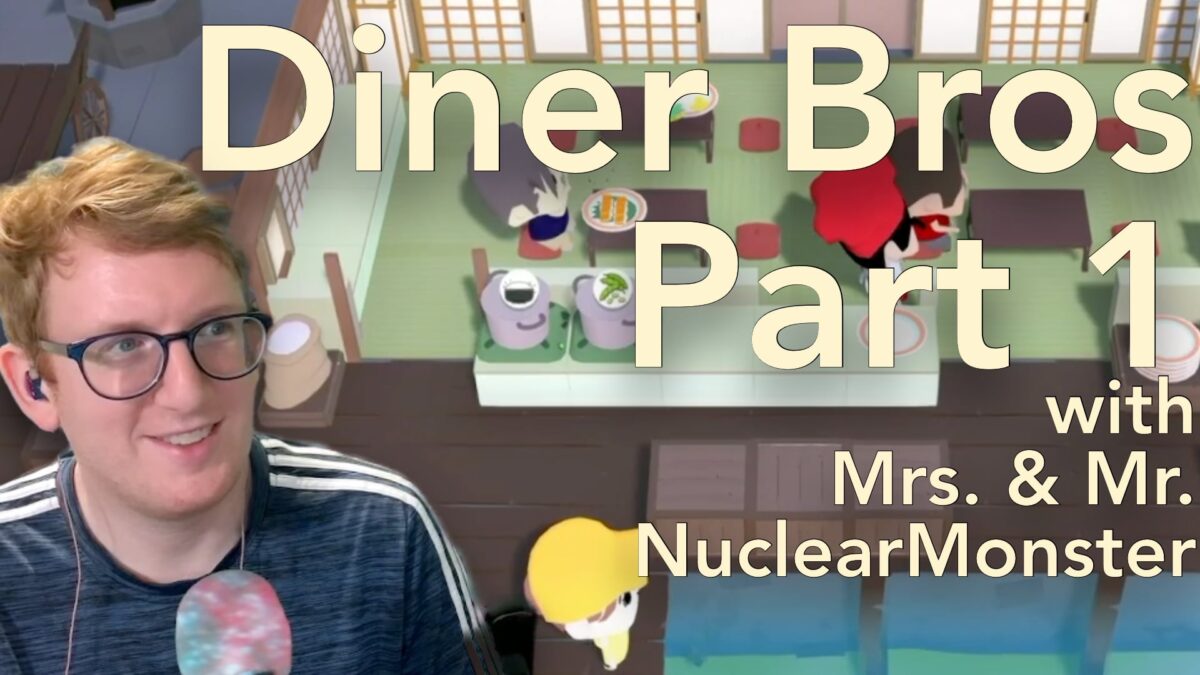I’m not sure if they’re happy to have their plans leaked to the press, but it is tremendous news (from last month) that workers at some of Apple’s retail stores are working on unionizing according to Reed Albergotti at the Washington Post:
Employees at several Apple Stores across the country are quietly working to unionize, according to people familiar with the efforts, as growing dissent among hourly workers threatens to disrupt one of the most stolid tech giants.
Groups at at least two Apple retail stores are backed by major national unions and are preparing to file paperwork with the National Labor Relations Board (NLRB) in the near future, said the people, who spoke on the condition of anonymity to discuss confidential plans. At least a half dozen more locations are at less-advanced stages in the unionization process, these people say.
A little odd to not mention the security checks that held workers up without pay for years in the article, but otherwise this is such great news.
Tim Cook’s compensation was $98.73 million in 2021, hourly workers at Apple retail stores in the United States earn between $17-$30 an hour or more, which means they’re bringing home between about $25,500 to $45,000 a year. An average 1 bedroom apartment in San Francisco is $3,304 a month according to ApartmentList.com, that’s almost $40k a year on an apartment to live near your work if you’re employed at Apple’s retail store in Union Square.
Tim Cook doesn’t make the products, doesn’t sell them, but he takes the profits for the labor of the people working at these stores and is “thankful” that he gets to exploit their labor as he announces on stage any time he talks about the workers in the stores, factories, and the white collar jobs.
I’ve worked retail, and at tech jobs, and I can tell you that I’ve never had to work harder than when I worked retail jobs. The hours are rough, the pay is miserable, and many of the bigger stores force workers to watch anti-union videos and attend meetings that lie about how unions operate. That seems to be the kind of tactic Apple takes as well, which is incredibly shameful. If Tim Cook is truly thankful to the workers at Apple they should be represented on the board of the company and unionized.



